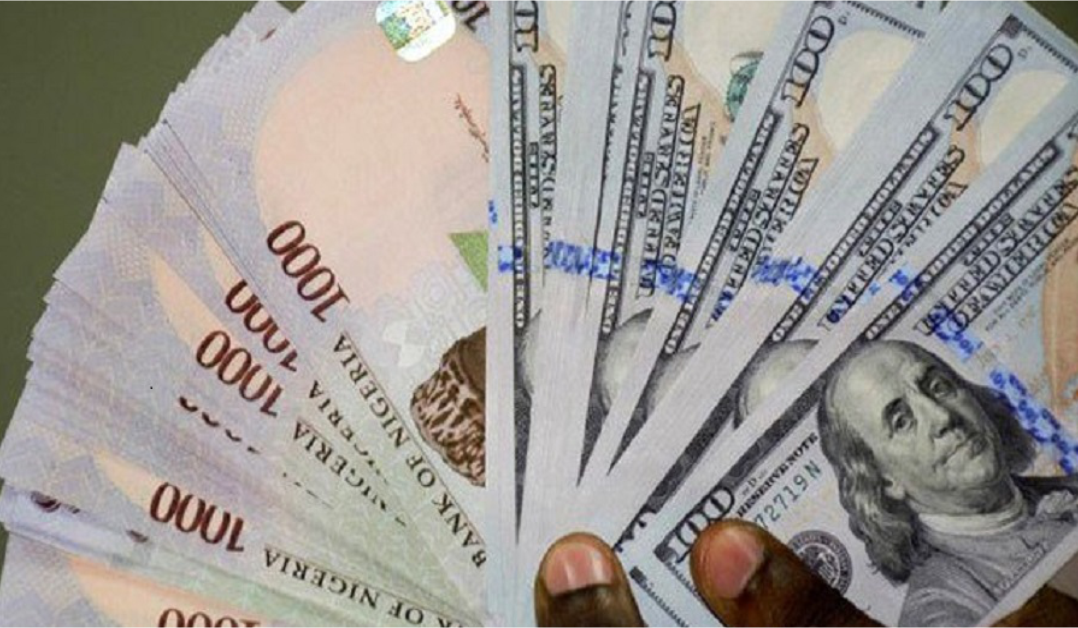The value of the naira dropped against US Dollar due to a decline in the daily foreign exchange turnover by 29.15% in the official market.
According to the data obtained by Business Day from the FMDQ on Monday, the market turnover declined to $99.33 million from $128.29 million on Friday.
A financial market dealer whose name was not disclosed said the sources of dollars at the Investors and Exporters forex window include export proceeds, proceeds from the sale of crude oil, and the Central Bank of Nigeria.
As a result, the naira lost 0.12% against the dollar at the I&E window, trading at N462.78 on Monday compared to N462.23 on Friday.
According to the report, most currency dealers maintained bids between N446.00 (low) and N466.00 (high) per dollar at the foreign exchange market auction on Monday. At the parallel market, the naira weakened marginally by N1 per dollar on Monday, trading at N739 per dollar, following an increase in dollar demand.
Also, a report from the FSDH research revealed that the average yield across the Nigerian treasury bills secondary market declined by one basis point to 7.21% on Monday from 7.22% on the previous day.
While average yields across medium-term and long-term maturities declined by one basis point each, the average yield across the short-term maturities remained unchanged at 5.53%. The Overnight rate decreased by 0.04% to 11.34% on Monday, and the Open Repo (OPR) rate remained unchanged at 11.00%.
It was also reported that the Federal Government of Nigeria bonds secondary market closed on a mildly negative note on Monday, as the average bond yield across the curve increased by four basis points to close at 14.34% from 14.30% on Sunday.
The average yield across the medium tenor of the curve increased by 13 basis points, while the average yield across the short tenor of the curve declined by one basis point.
The report noted that “the average yield across the long tenor of the curve closed flat,. The March 23, 2025 (23-MAR-2025) maturity bond was the best performer with a decrease in the yield of one basis point, while the March 17, 2023 (17-MAR-2027) maturity bond was the worst performer with an increase in the yield of 46 basis points.”











